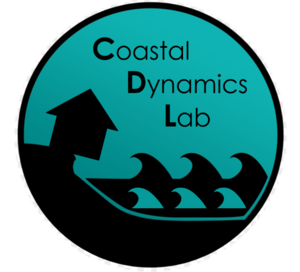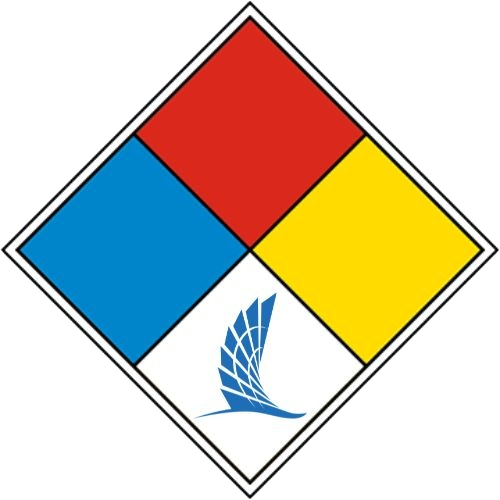Get ready! The 2015 Atlantic hurricane season begins on Monday, June 1. The National Oceanic and Atmospheric Administration (NOAA) is forecasting a “below normal” Atlantic hurricane season. But be advised, says Dr. Philippe Tissot, Associate Professor in the College of Science and Engineering and Associate Director of the Conrad Blucher Institute at Texas A&M-Corpus Christi, just because we are in an El Niño year, which typically leads to fewer storms in the North Atlantic, doesn’t mean we should let our guard down. He says “it only takes one” storm and the 1992 devastating Category 5 Hurricane Andrew landed during an El Niño year in Florida.
As a coastal community, we have to be ready every year for a major hurricane. Eventually, we will be hit again by a major hurricane; although, most years we are not directly hit by a storm. Preparations for smaller storms or large storms landing far away all have an impact on coastal communities. While not catastrophic when compared to a direct hit from a large hurricane, these events can still pose a danger and cumulatively have an economic impact. They also present an opportunity to test our preparation for the big one.
As we enter hurricane season, Tissot says it is important for all residents of the Coastal Bend to stay vigilant and make sure to have a plan in case there is a storm.
“We truly don’t know how well we’re prepared until we have a major storm event,” Tissot said. “One of our main concerns is we haven’t been directly hit in a long time. But the more prepared you are, the less of an impact those big events will have.”
A direct hit happens about every 20 years, and about every 35 years for major hurricanes. The last time a major hurricane made direct landfall in Corpus Christi was Hurricane Celia in 1970. However, the area was affected by Hurricane Ike in 2008, Hurricane Bret in 1999, Hurricane Gilbert in 1988, and Hurricane Allen in 1980, as well as other minor or far away storms.
The National Oceanic and Atmospheric Administration (NOAA) is forecasting a “below normal” Atlantic hurricane season. The Atlantic hurricane region includes the North Atlantic Ocean, Caribbean Sea, and Gulf of Mexico. NOAA predicts a 70 percent likelihood of six to 11 named storms (winds of 39 mph or higher). Of those storms, three to six could become hurricanes (winds of 74 mph or higher), including up to two major hurricanes (category 3 or stronger with winds of 111 mph or higher) this season for the Atlantic Basin. However, there is also a 20 percent chance of a near-storm season, and a 10 percent chance of an above-normal season.
Tissot says the northern Texas coast is slowly sinking while global sea levels are rising. As the relative sea level rises, the cumulative impact of small storms will increase significantly in the coming decades. There will be substantial impacts on coastal infrastructure, ecosystems, and flood insurance rates. Tissot recommends that residents take this into account to continuously improve our coastal communities’ resiliency.
As far as what to do ahead of a storm, he strongly advises following local authorities’ advice and directions closely.
“There is a good team with continuous weather updates through our local office of the National Weather Service,” said Tissot. “They follow the situation and will organize evacuation or other measures with the best information on hand.”
The impacts of hurricanes include wind, tornadoes, inland flooding and, for coastal areas, storm surge. Tissot advises coastal residents to consider the dangers of flooding events and storm surge for areas close to water levels including North Beach, Padre Island, Flour Bluff, Laguna Shores, and Oso Creek.
“If you’re told to evacuate, do it,” he said. “If you’re prepared ahead of time and have your plan together, it’s a lot easier to leave town. It’s a good idea for all of us to encourage each other in the community. If we get ready in advance, it will help save lives and limit the impacts.”
To learn more about area flooding, go to http://www.srh.noaa.gov/crp/?n=stormsurge and http://www.wunderground.com/hurricane/surge/CRP_mom5h.png.
To learn more about hurricane preparedness, go to http://www.nws.noaa.gov/com/weatherreadynation/hurricane_preparedness.html#.VWdFEUYYGAD.
For a tropical weather outlook including NOAA advisories, go to http://www.srh.noaa.gov/crp/?n=tropical
For directions on how to prepare for the hurricane season, go to http://www.srh.noaa.gov/crp/?n=2014hurricaneguide or http://www.srh.noaa.gov/crp/?n=2014spanishhurricaneguide (in Spanish).
RELATED ARTICLES
TAMU-CC Researchers Track COVID-19 Surges Across Coastal Bend, Urge Precautions
Fri, June 19, 2020
Texas A&M-Corpus Christi Researchers Predict Outcome if Pandemic Restrictions Ease or End
Fri, April 24, 2020
Conrad Blucher Institute Tackles Global Issues with United Nations
Fri, August 17, 2018







